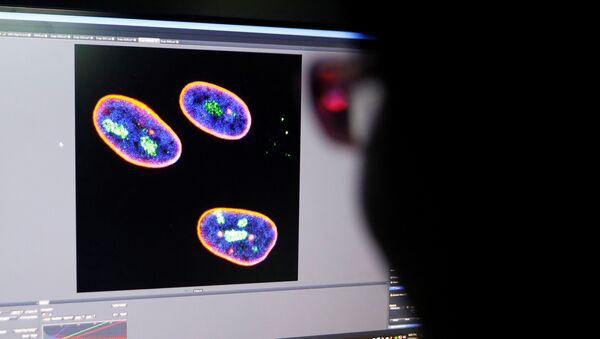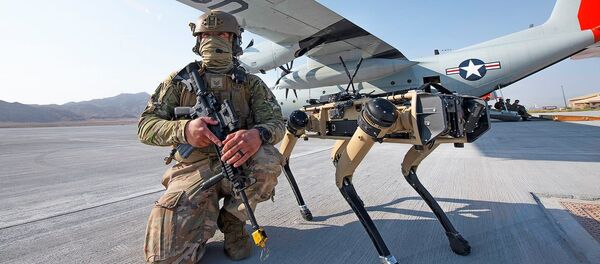The US Air Force is working with scientists at the University of Michigan on a new space-aged healing technology that involves re-tooling cells at the genetic level.
The research aims to take already-differentiated human cells — such as skin, muscle or other tissue — and switch off and on the key genes that control their specialised roles.
The eventual result could be that a burn victim's cells could be re-programmed to grow new skin, or a patient needing an transplant could be grown a new organ. Normal healing of battlefield injuries could be sped up by a factor of five, according to researchers.
Indika Rajapakse, associate professor of computational medicine and bioinformatics and associate professor of mathematics at Michigan university, has received USAF funding for a new live cell imaging microscope.
“We have the resources to do this, and it is our obligation to take full advantage of them,” he said.
One theoretical application of the research would be a "spray-on" treatment of transcription factors applied directly to an open wound to convert exposed muscle tissue to skin cells that would heal up to five times faster than normal treatment.
“However, identifying which transcription factors make the required changes to create the right kind of cell requires a long process of trial and error,” the USAF said in a statement.




